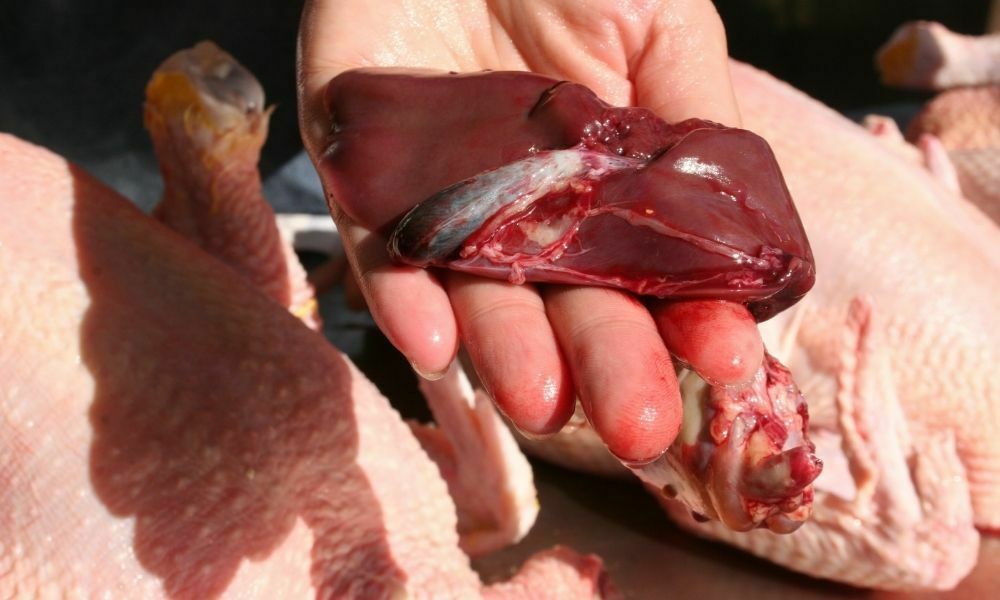 The development of these cancers is quite common in patients with inflammatory bowel diseases and definite liver diseases. For this reason, people with these diseases are called risk factors. However, having these diseases does not necessarily mean that this cancer will develop, or vice versa, it does not mean that people who do not have these diseases will not get this cancer. The point that should be taken out from here is that people with these diseases should be under close doctor follow-up.
The development of these cancers is quite common in patients with inflammatory bowel diseases and definite liver diseases. For this reason, people with these diseases are called risk factors. However, having these diseases does not necessarily mean that this cancer will develop, or vice versa, it does not mean that people who do not have these diseases will not get this cancer. The point that should be taken out from here is that people with these diseases should be under close doctor follow-up.
Possible bile duct manifestations of extrahepatic bile duct cancers are pain and jaundice.
In cases where the following complaints are present, extrahepatic biliary tract cancer should be suspected and a doctor should be consulted when necessary.
- Jaundice (yellowing of the eyes and skin)
- Abdominal pain
- Fire
- Itchy skin
The following tests are used for the diagnosis and treatment of extrahepatic biliary tract cancer.
Physical Examination and Self-Familial History: Some tests are performed to detect general health problems and findings. Disease-related findings (such as swelling and jaundice) are sought. The patient is questioned if he has general health problems, habits, the disease he has been exposed to before, or whether he has any treatment.
Evaluation of Ultrasound: Ultrasonography is the conversion of findings called echo, obtained as a result of reflection of high-energy sound waves from tissues at different rates, into images in computer environment. These echoes, which are obtained differently from the tissues, are called sonograms. Images can also be printed for future consideration.
Computerized Tomography (CT Scan): The procedure provides detailed images of tissues with the help of x-rays from different angles. These images are converted into pictures in computer environment. Intravenous contrast agents can also be injected for better and more detailed imaging of tissues and for more detailed detection of possible disease.
Magnetic Resonance Imaging (MRI) : It is a computer-assisted procedure that provides detailed imaging of the inner parts of the body by means of magnetic radio waves. This process is also called nuclear magnetic resonance imaging (NMRI). With the help of the injected contrast agent, the liver, biliary tract and gall bladder can be evaluated in detail. This process is called MRCP (magnetic resonance cholangiopancreaticography). The dye can be injected intravenously to create detailed images of the proximal gallbladder veins. This procedure is called MRA (magnetic resonance angiography).



 The biliary tract system starts from thin ducts called ducts that collect bile from the liver. Ducts unite to form two main canals, right and left. Bile ducts inside the liver are called intrahepatic bile ducts.
The biliary tract system starts from thin ducts called ducts that collect bile from the liver. Ducts unite to form two main canals, right and left. Bile ducts inside the liver are called intrahepatic bile ducts. The development of these cancers is quite common in patients with inflammatory bowel diseases and definite liver diseases. For this reason, people with these diseases are called risk factors. However, having these diseases does not necessarily mean that this cancer will develop, or vice versa, it does not mean that people who do not have these diseases will not get this cancer. The point that should be taken out from here is that people with these diseases should be under close doctor follow-up.
The development of these cancers is quite common in patients with inflammatory bowel diseases and definite liver diseases. For this reason, people with these diseases are called risk factors. However, having these diseases does not necessarily mean that this cancer will develop, or vice versa, it does not mean that people who do not have these diseases will not get this cancer. The point that should be taken out from here is that people with these diseases should be under close doctor follow-up.





